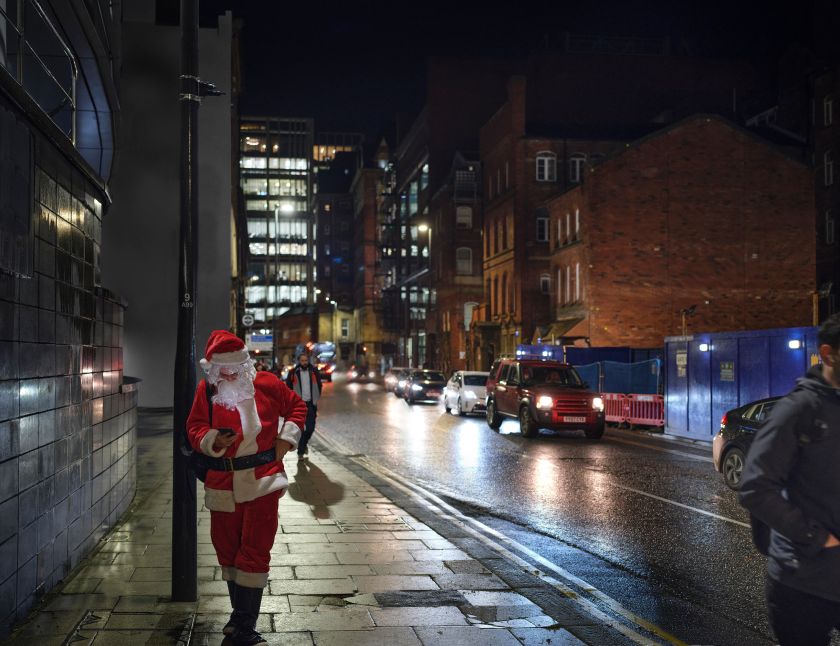
© Kate Abbey
We all know Santa exists. How else do we get our Christmas presents each year? But what about all those other hardworking souls who dress up as the big man during the festive season? And what if Santa didn’t live in a mythical, magical land after all? These are questions photographer seeks to answer in her new series.
The images in The Real Santa tell a different story from the one we imagined as children. Rolling landscapes of snow, beautiful pine forests, and charming wooden buildings, all set to the backdrop of the Northern Lights, are replaced with a stark, cold reality. The Santas we see in Kate Abbey’s series are real people making a living throughout December.
“I’ve wanted to properly explore Santa for years,” Kate tells Creative Boom. “There was something about his outlandish representation that I found intriguing, and I wanted to reduce the myth of the perfect, jolly fella and bring him closer to me – into the real world. After all, he’s a real man dressed in red clothes, heading off to work to earn an income.”
It’s why the award-winning photographer began exploring Santa in the ‘everyday’: before he donned his famous red and white uniform and got to work. It was actually the imaginative words of Kate’s niece that first brought sense to the process.
“The make-believe landscape she described with superpowers and fantasy ideas led me to create a real version of how he went about his business,” she explains. “These men weren’t magical, with their naff, PVC boot covers and the Velcro fasteners in their mundane settings. Nothing was necessarily exceptional about them, yet they had their quirks and uniqueness, which still looked pretty special to my mind.”
“The magic is always wonderful,” she adds, “but it’s the reality that I love and find much more remarkable.”
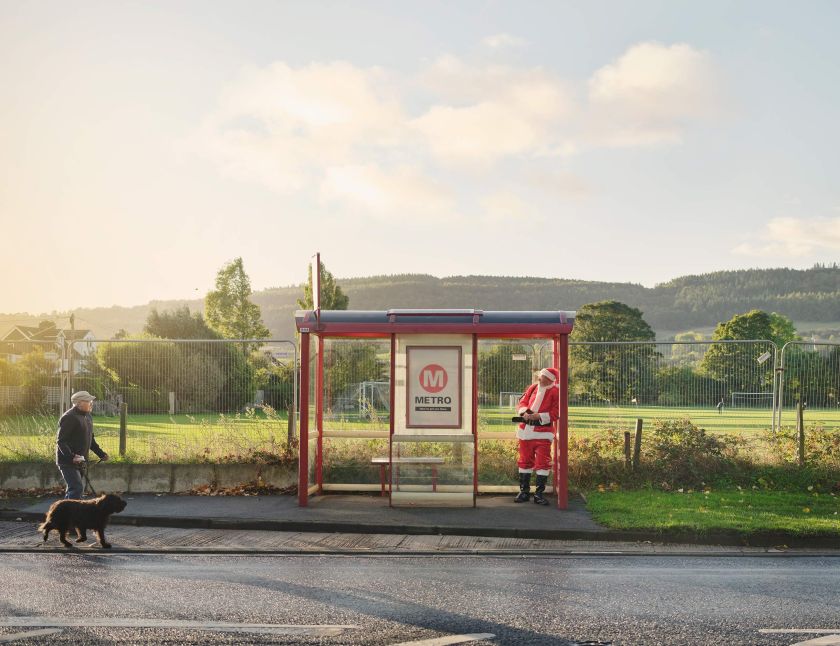
© Kate Abbey
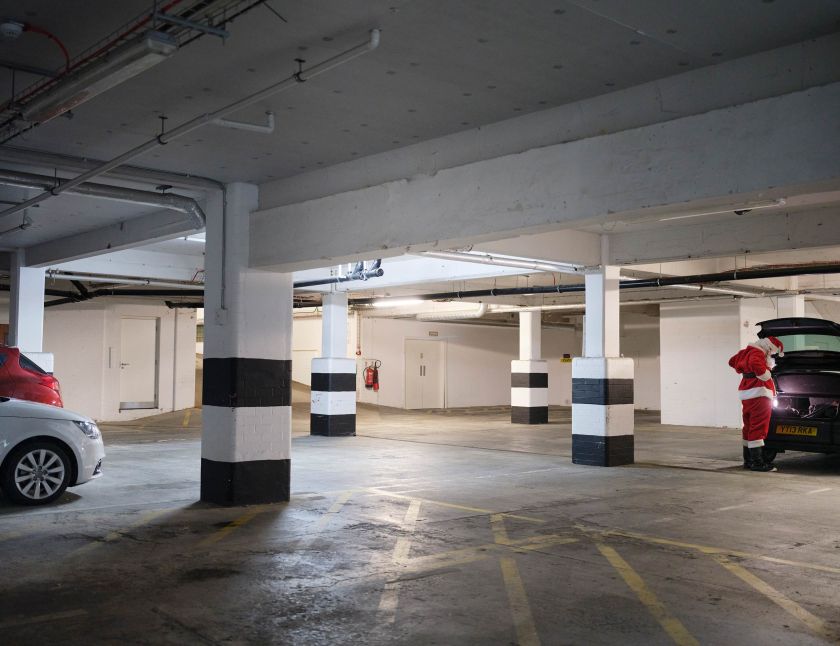
© Kate Abbey
Through Kate’s photographs, we see glimpses of an almost underworld, a place many of us don’t see – whether through circumstance or some kind of subconscious dismissal. Perhaps, even as adults, we don’t want the magic to end. Seeing Santa in an underground car park, for example, locking his vehicle, doesn’t quite present the same mental image we might hang onto.
Reflecting on her experience of Santa as a child, Kate only remembers asking the Jolly Old Saint Nicholas for chocolate. “It was that cardboard stocking-shaped collection pack with netting over it,” she says.
In her household, Santa visited their street every December. “He came around on a sleigh with the Lions group collecting money for charity. He was in a special grotto area of the headmaster’s office at the junior school, and we’d all go in and get a present – it was usually quite hot and smelly in there from too many bodies!”
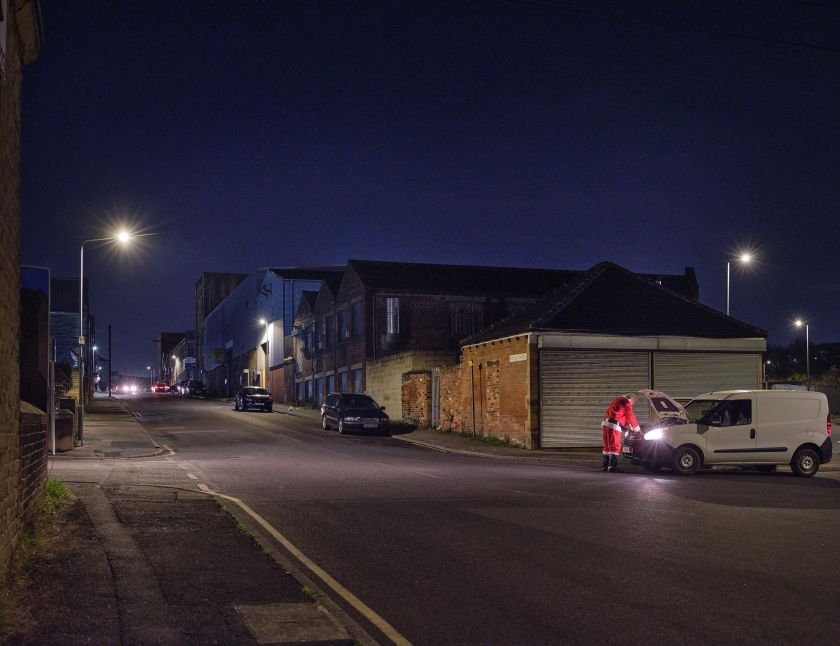
© Kate Abbey
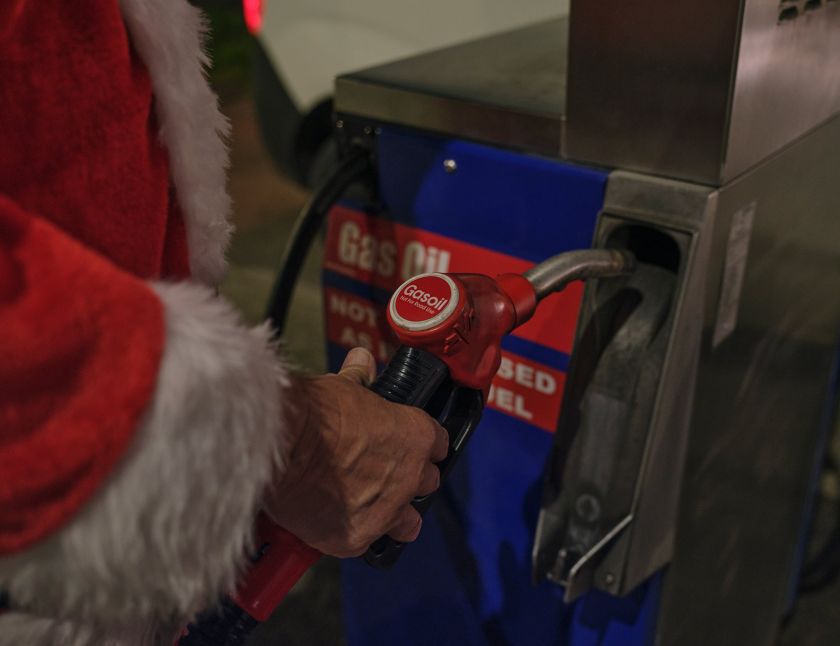
© Kate Abbey
We can all remember that feeling: the excitement of visiting Santa but having some cynicism about it all as we shuffled forward to say hello to the big man. In those days, we would’ve sat on Santa’s knee, scrutinising his beard while telling him we’d been very good that year.
In making her series, The Real Santa, Kate wanted to show the “decent men who were trying to make a living by pretending to be this myth”. She continues: “To them, it was mostly just a job to pay the mortgage, and their hard work wasn’t recognised as it was just Santa that everybody sees and not the men underneath.”
Of her subjects, Kate hired various people to act as Santa. Peter is a model who brought his own Santa suit as he does specialise in doing Santa commercials. Another was called Ralph, who volunteered at the village hall, and Kate roped him in to “model” for her as he “looked like the part”. “He’s an anti-capitalist, so the materialism that Santa represents goes against the grain for him, but he still found it funny and entertaining to do,” she says.
There was also Alec: the printer Kate uses for her exhibition work. “He had a quiet week and was happy to support me,” she says. “I shot him in Leeds city centre, and no one even blinked an eye.” There was Peter, who Kate photographed in Bradford. “Everybody engaged asking, ‘Santa, what are you getting me for Christmas?’ as they passed by, laughing.” And finally, her cousin Mike. “We shot at the Brudenell Social Club in Leeds – which he was very excited about because that’s where he goes to watch all his bands. He was disappointed when I said I wouldn’t be shooting him on stage!”
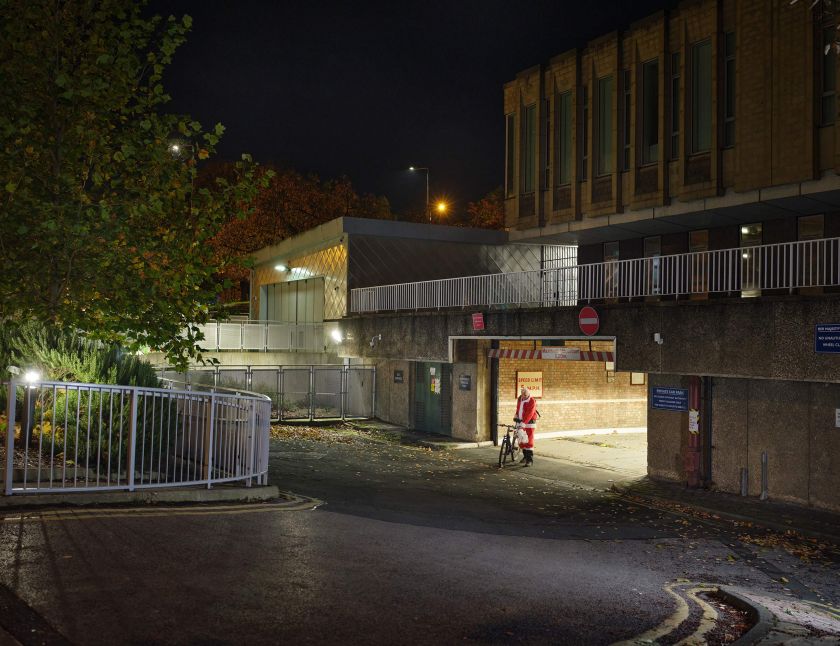
© Kate Abbey
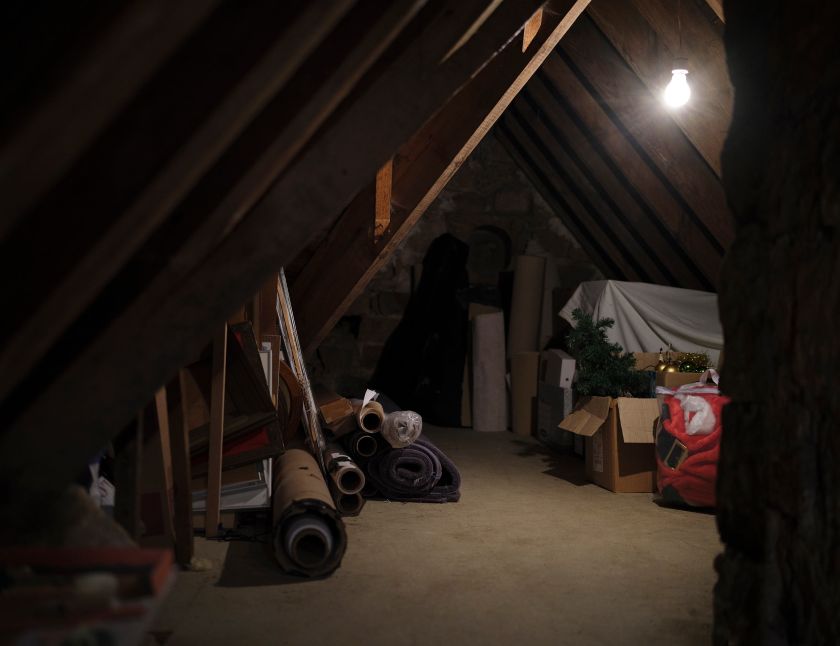
© Kate Abbey
Do we get a sense of melancholy in the series? One that reminds us that we grow up and the magic disappears? “It was more about showing the daily humdrum,” says Kate. “I wanted the images to be aesthetic even though I wanted the locations and action to be mundane. I wanted to show the real and everyday but still make it attractive.
“My big thing is representation. And coming from an advertising angle, I wanted the images to be more truthful in representation so that the marginalised get a fairer showing. I’m still happy to orchestrate the images, but I just want them to be fairer.”
Kate discovered a passion for photography when she lived in Thailand in her early twenties. It was there that she purchased her first camera and began shooting. “Everywhere was a treat to shoot, from the hill tribes to the street vendors,” she says. “I think I’ve always used my camera as a passport into places, giving me access and impetus to go to places that I wouldn’t have necessarily gone to and to ask many questions whilst I’m there. It all reflects on me in the way it makes me feel like I belong more, plus it also helps me work out where I fit in.”
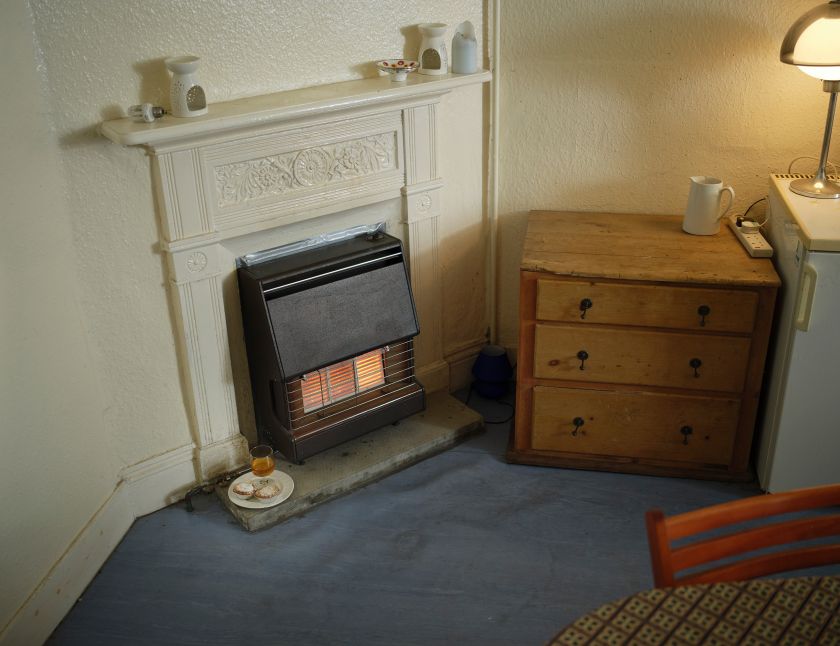
© Kate Abbey
Today, Kate’s based in London, where she works as a commercial photographer. During her 25 years in the profession, she has won many awards and worked for clients such as British Airways, Channel 4, Google and Royal Mail. Mainly focused on portraits and shooting lifestyle, she says she loves to “manipulate the light to make it look natural, loving murky whites and chalky blacks to give a more timeless feel”.
“I want the scene to be candid and ‘fly-on-the-wall’ so the viewer feels they have the right to stop and look. I want to leave some ambiguity so that the viewer still has some questions to ask,” Kate continues. “I want people to come away feeling a better connection with their world and a heightened love for it.”